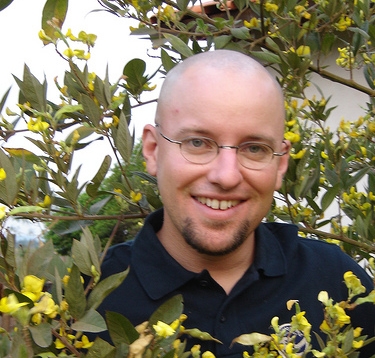I decided to take the “Slavery” quiz during my lunch break at HOPE. It took a little longer than I expected—the survey almost crashed my computer. I guess the Windows 98 operating system we food shelf interns get the privilege of using wasn’t equipped to handle such advanced technology. At one point, in order to let the survey load a bit, I walk away to go throw something out, only to come back and see the question in bold on the screen, “How many times have you paid to have sex?” I glance around, hoping my coworkers didn’t see that pop up, freak out and moved the virtual zipper trying to get to the number zero, no numbers appear and so I frantically skip to the next question. The screen freezes, as it had at every question before. I try to open a new tab but am unable to. I realize that by moving the zipper down (obviously unzipping the zipper) I inadvertently indicated a number over zero. I should note that the intern’s desk at HOPE is located smack dab in the middle of the main room. (Possibly to keep an eye on the intern and make sure they’re actually doing the work they are supposed to be doing?) So the chances of someone walking by at any given time are quite high. The chances of “Kim,” the lone “male” who works at HOPE, walking past are relatively low, but of course he walks by at that very instant the screen freezes. (At the time of my previous post where I noted that the entire staff was female, Kim had been on vacation and I’d only seen a written list of staff names). Not sure what he thought of my lunch break web-surfing activities but I assume he was very perplexed. Or amused. Or disgusted. Who knows.
I decided not to take the carbon calculator test after that. My results on the Slavery test were a bit exaggerated (38 slaves!?), likely due to my accidental response on the sex trafficking question. But also under “what affected my score the most,” I found that none of the items pictured I actually owned. Apparently that ambiguous drawing in the medicine cabinet was bodywash. And under electronics, it said my CD player, DVD player, CDs and DVDs were the most influential. I did not see there was an option to select fewer electronics that the “technophobe” setting—I actually only own 3 electronics that I can think of. I started a Seller account on Amazon a little over a year ago in an attempt to “declutter” my life (and make a little extra cash) and have sold mostly textbooks and electronics–my old iPod, camera, printer, iHome, PC…. I think I’ve made close to $1000.00 by now, so I highly recommend making your own seller account! It’s great having everything consolidated (who needs an iPod AND camera AND cellphone when you have an iPhone?) PLUS by selling my old electronics discount to someone who may not have been able to afford them otherwise, I not only would benefit them but also make myself feel better—less to keep track of, I made some [meager] extra cash, and am doing a good deed. I realized last week when I got a message from the person I sold my PC to that they wanted to return it since the touch pad was faulty—that it’s not actually the money that motivates me to sell electronics on amazon, although that incentive can definitely be used to motivate hoarders to declutter their lives (we have our fair share of those who frequent Retroworks adjacent to the food shelf). It’s the feeling you get from altruism. Even if that means there is no true altruism, in that I’m actually doing good for selfish reasons since it benefits ME by making me feel good (we learned about this in psych classes) I’ll take that over guilting people anyday. Screw carbon calculators and guilting people into doing good. Why use negative feelings to motivate when altruism can do exactly the same thing? I get the idea behind carbon calculators—inflict feelings of guilt that attempt to motivate people to change their lifestyle to reduce their carbon footprint and hope that they’ll then proceed to encourage friends and family to do the same. I jumped right on that bandwagon in high school, starting my school’s environmental club (you’d be surprised how many Environmental Studies majors at Midd did exactly the same thing), idealistic and optimistic that all it would take is spreading awareness to get people to change. But I’m starting to think that whole approach is misguided.
People won’t change if they simply know they’re doing the ‘unethical,’ un-environmental thing—you have to show them how. Give them incentive. Make their efforts not seem futile. At HOPE I’m struggling every day with this idea, seeing people who are lost, on food stamps and unsure how to get back on the right track. We can’t possibly use the guilting tactic in this case–some people are here because of a difficult upbringing. Many of these people want to work but without a car they can’t get a job, and without a job they can’t pay their bills and get off welfare. It’s a tragic, vicious cycle. I think part of our job here at the food shelf is to try to provide that guidance. Talk with them, not necessarily change their attitude, but provide baby steps and encourage them not to give up hope that things will get better.



